Australorps are a great choice for families looking for chickens. These large, shiny black chickens come from the Buff Orpington breed, which is also known for being calm and beautiful. Black Australorps are easy to handle, tough, and lay lots of eggs, which makes them perfect for beginners.
Their name comes from combining “Australian” and “Orpington,” because the breeders developed it in Australia from English Black Orpingtons in the early 1900s.
They were brought to America in the 1920s and became an official breed according to the American Poultry Association in the year 1929.
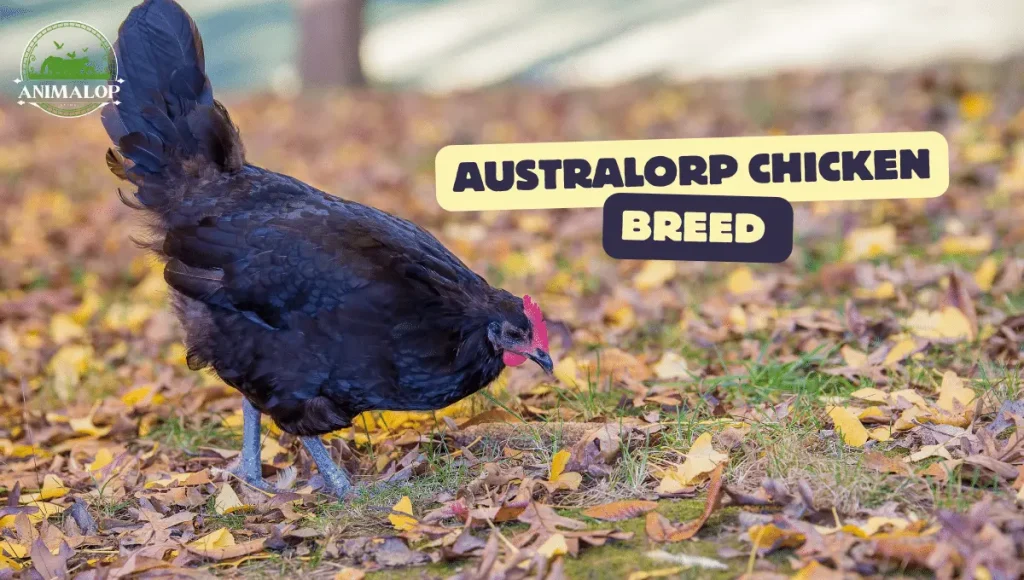
Australorp Chicken Quick Breed Profile
History
In the late 1800s, black Orpington chickens were fetched from England to Australia. In England, these chickens were mainly bred for their meat, but in Australia, breeders focused on improving their egg-laying abilities.
They mixed black Orpingtons with Langshans, Minorcas, and White Leghorns to create a new kind of all-black chicken that was really good at laying eggs, which they called the Australian Orpington.
By the 1920s, people around the world started to notice this breed, now known as the Australorp, and it was brought back to England and also to the United States.
The American Poultry Association officially recognized the Australorp in 1929. Australorps are always black. The males usually weigh about 8.5 pounds and the females about 6.5 pounds. They lay large eggs that are cream or light brown in color.
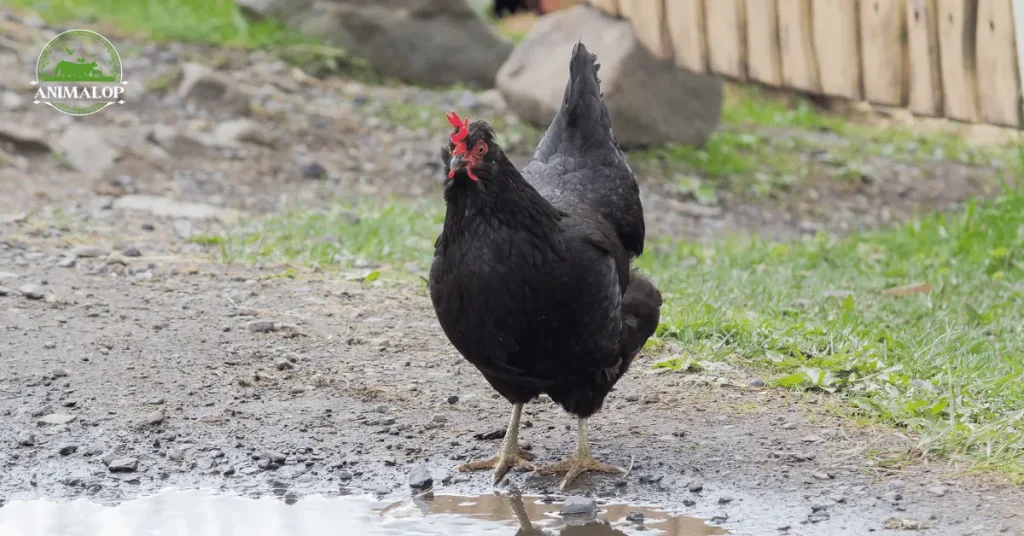
Eggs Production
Like the Ameraucana chickens, the Australorp is known for laying a lot of large, light-brown eggs. In fact, for the most eggs laid, this breed sets the world record. Back in the 1920s, a group of six Australorps laid 1,857 eggs in one year, which works out to over 309 eggs per hen.
Over time, other Australorps beat this record, until one hen set a new record by laying 364 eggs in a year. So, if you need a chicken that lays a lot of eggs, the Australorp is a solid choice.
No chicken lays an egg every other day, not even the record-holder. But you can expect about 4-5 eggs a week from each hen when they’re between 2 to 3 years old. As hens grow older, they lay fewer eggs, about 20% less each year.
Appearance
Black Australorps are big, heavy chickens with smooth, tight feathers and a tall, upright posture. They have full bodies and round chests, and they are wide across the shoulders and back. Both males and females hold their short tails up high. Their black feathers have a greenish shine, which looks really nice against their bright red faces, wattles, and single combs. The combs on their heads should have no more than seven points and stand up straight. Their faces are clear of feathers, and they have dark beaks and eyes, preferably black.
Their legs are a slate-blue or black color. The only parts of Australorps that aren’t black or red are the bottoms of their feet, which are white in good examples of the breed.
Big male Australorps weigh between 8.5 and 10 pounds, and the big females weigh between 6.5 and 8 pounds. The smaller, bantam males should weigh no more than 36 ounces, and bantam females should weigh no more than 28 ounces.
Temperament
Australorps are known for being very calm and easygoing as cream legbar chickens, but they’re also big enough that they don’t get pushed around by more aggressive chicken breeds.
Since they are a large breed, they are considered “dual purpose,” which means they can be used for both eggs and meat. However, unlike chickens bred specifically for meat, they are great for just laying eggs and can also be wonderful, long-lasting pets.
Australorps can be pretty talkative, though. If there’s one downside to having them, that would be it.
Foraging Ability
My Australorps are great at foraging. They love walking around the yard, hunting for bugs, worms, and seeds.
They enjoy scratching around in the dirt all day if they’re allowed. Since they are quite large, it’s easy to keep them where you want them, like away from gardens or flower beds, with just a low fence or some other barriers.
Australorp Chicks
Adult Australorps are completely black, but the chicks start out as cute little balls of black and yellow fluff with dark lines around their eyes, almost like eyeliner.
As they grow up, they lose their fluffy feathers and grow in their adult black feathers, turning into beautiful, solid black chickens.
Both roosters and hens Australorps are black with wattles and red combs, while their legs and feet are black-tinted.
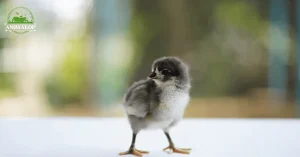
Hardiness
Australorps are very good at handling cold weather because they are large and dark-colored, which helps them stay warm. They also do well in warmer climates (they were originally bred in Australia, after all!) because their large combs help release heat from their bodies.
We’ve been raising Australorps since we lived in Virginia, and now we also raise them in Maine. They’re a tough breed.
Dual-Purpose
Australorps are versatile birds. They have white meat that tastes good and they also lay a lot of eggs, though not as many as some did back in the 1920s. Back then, one hen set a record by laying 364 eggs in 365 days, and a group of six hens laid 1,857 eggs in a year.
Even though they don’t lay that many eggs now, they are still excellent layers. Healthy Australorps can lay around 200 medium-sized, light-brown eggs each season during their first few years.
Health and Well-Being
Black Australorps and Lavender Orpingtons are similar in terms of their health. They usually live long and are resistant to many common chicken diseases; well-raised Australorps rarely have issues like crooked beaks or bent toes. They also handle cold weather well.
A simple diet of layer pellets or mash and some corn scratch feed in the afternoon is good for them. However, if the hens are kept in a small space and can’t move around much, they might gain too much weight, especially in their second year, so it’s important not to overfeed them.
Run and Roaming
This breed really loves to roam freely. They like working together to look for grubs and bugs in the yard.
Australorp hens are especially good at finding and eating pests like ticks, caterpillars, and even slugs. However, they’re not picky and will nibble on your vegetables and plants too, so it’s important to keep those protected!
They’re okay with being confined but are happier when they can roam. If you need to keep them in a pen, make sure each chicken has about 8 square feet of space. Try to make the pen interesting with perches at different heights, quiet corners, and spots for dust bathing to keep them active and happy.
Coop Setup
Australorps are big birds and need at least 4 square feet of space per bird inside their coop. More space is always better, especially if they can’t get out much. They’re not aggressive but do like having room to move around.
Instead of the usual 8 inches, try to give them about 10 inches of perch space each to make it more comfortable. Having several perches at different heights lets them choose where they want to roost.
You’ll also need standard-sized nesting boxes, about 12×12 inches. This size stops them from sharing, which might seem cute but can cause eggs to get dirty or break. So, it’s best to give each hen her own space for laying eggs.
Facts
- The name Australorp comes from “Australian Black Orpington.”
- Australorp roosters usually weigh approximately 9 pounds and hens about 7 pounds. They are related to the Orpington chicken.
- You can find Australorps in black, white, and blue colors.
- They’re also known as Black Australorp, Australian Orpington, and Australs.
- Even though they’re known as Australian, this breed is actually considered English.
FAQs
Final Thoughts
Australorps were bred in Australia because people needed a chicken that could lay lots of eggs. They ended up creating one of the best egg-laying chickens of their time, and the Australorp has kept up its reputation over the years. Even with newer types of chickens that lay lots of eggs, the Australorp still does a great job.
They’re really friendly chickens that like being around people and can even sit on your lap. You won’t find an Australorp that’s aggressive or mean.
They’re good at handling different temperatures and environments and don’t need any special care or housing.
The number of Australorps was dropping for a while, but thanks to efforts to save the breed, they’re coming back.

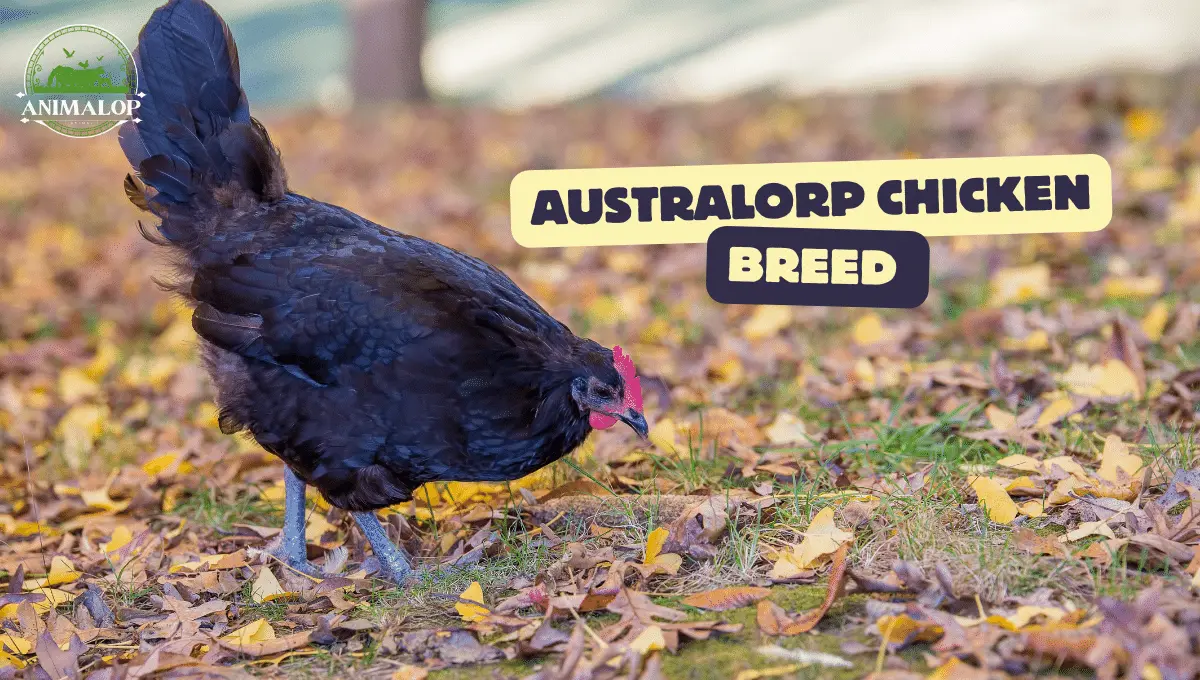
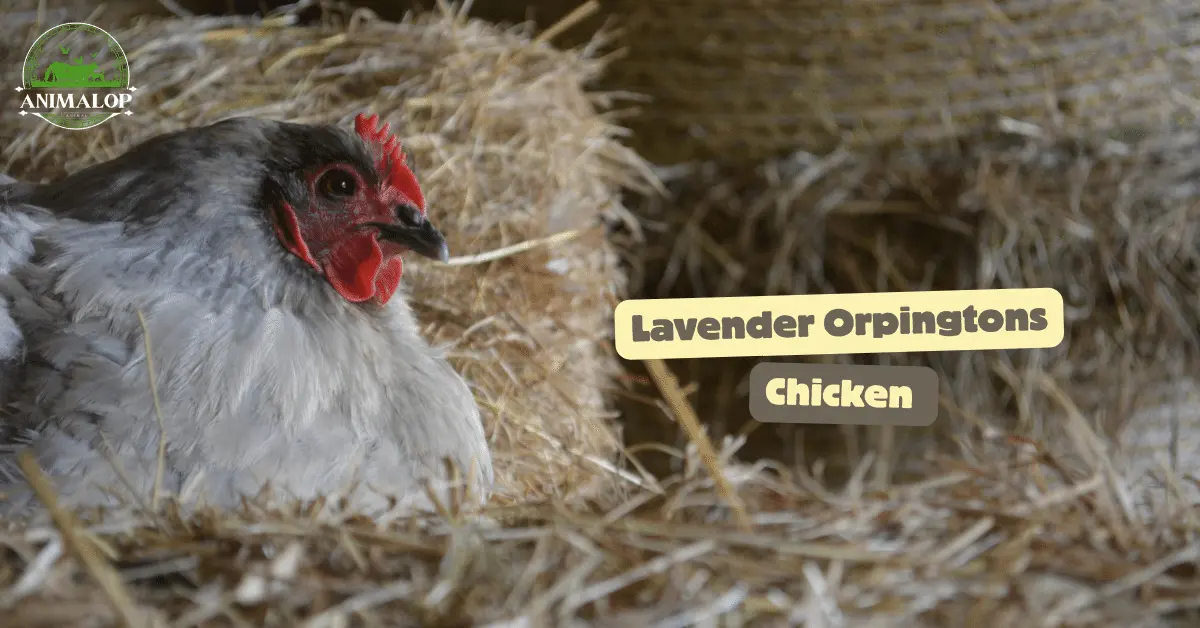
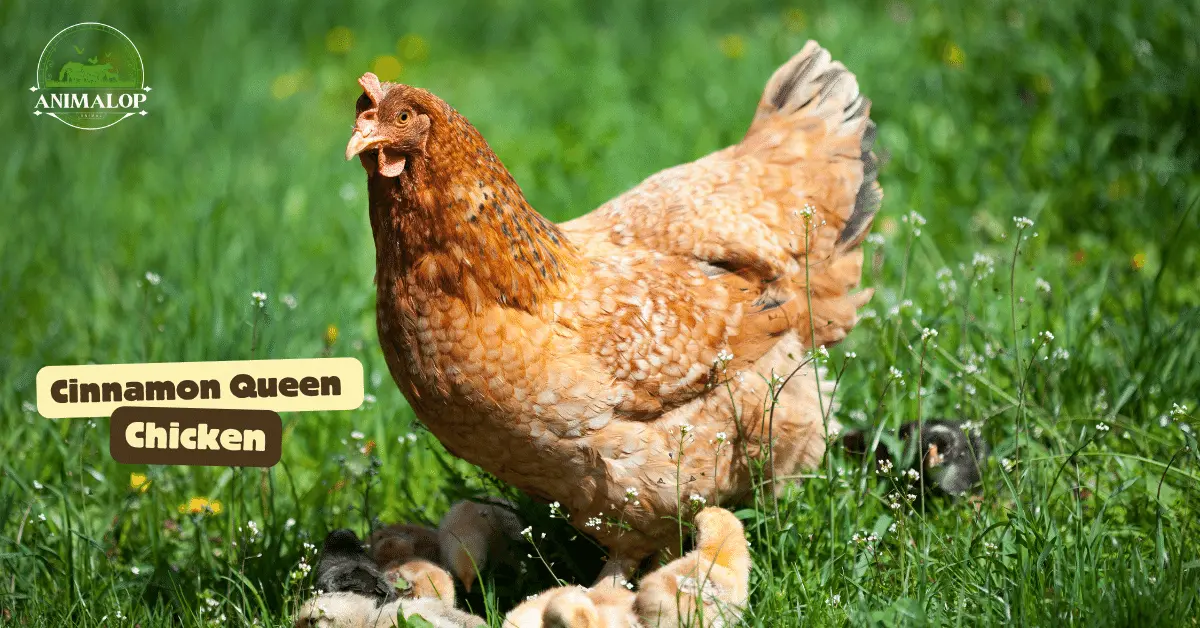
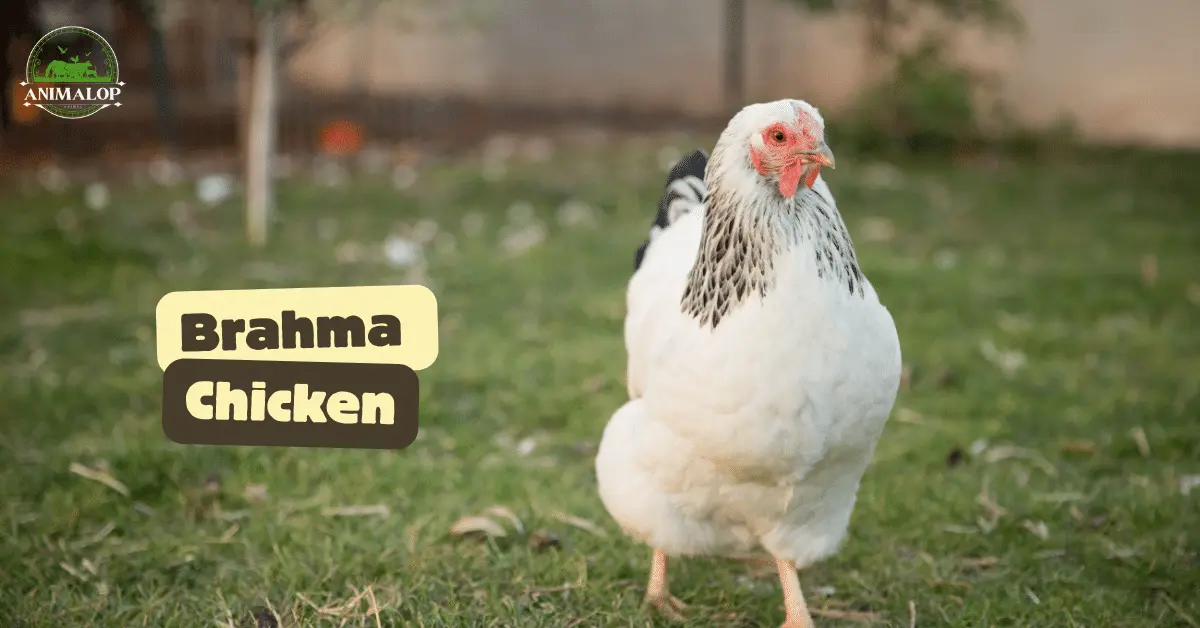
One Comment on “Australorp Chicken Breed Profile And Quick Facts 2024”